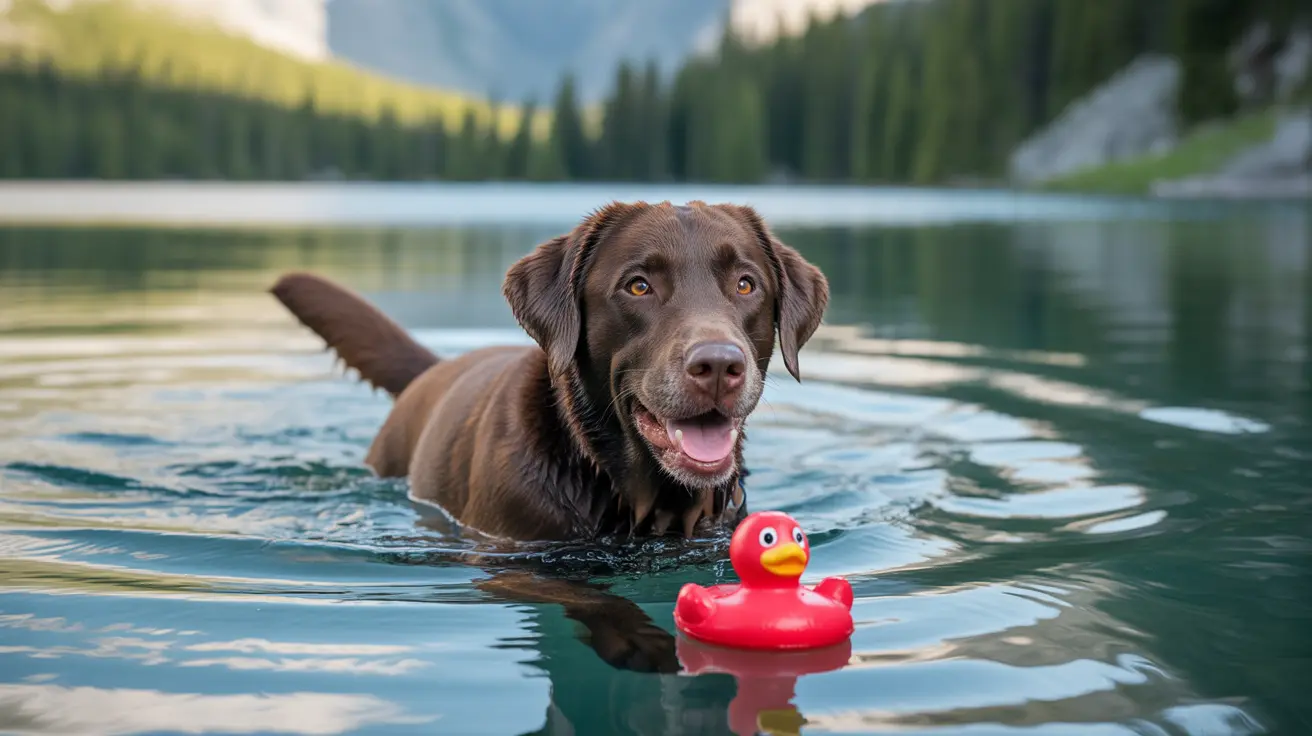The Rich History of Labrador Retrievers
Originating in Newfoundland during the 1700s, Labrador Retrievers were initially bred as working water dogs. Their primary role involved helping fishermen retrieve nets and catch from the icy North Atlantic waters, showcasing their remarkable swimming abilities and resilience in harsh conditions.
When brought to England in the 1800s, these capable working dogs caught the attention of the British aristocracy. Their exceptional retrieving skills and trainable nature made them invaluable hunting companions, while their gentle temperament endeared them to families.
Why Labradors Capture Our Hearts
Several distinctive characteristics contribute to the Labrador's enduring popularity:
- Exceptional intelligence and trainability
- Gentle, patient nature with children
- Strong swimming ability and love of water
- Versatility in working roles
- Loyal and affectionate personality
These traits make Labs equally successful as family pets, service dogs, and working companions. Their adaptability allows them to thrive in various living situations, from suburban homes to rural settings.
Modern Roles and Contributions
Today's Labradors serve society in numerous vital capacities:
- Guide dogs for the visually impaired
- Search and rescue team members
- Therapy dogs in hospitals and schools
- Detection dogs for law enforcement
- Assistance dogs for people with disabilities
Their natural intelligence and eager-to-please attitude make them invaluable partners in these important roles, while their gentle nature ensures safe interactions with people of all ages.
Celebrating National Labrador Retriever Day
There are numerous meaningful ways to commemorate this special day:
- Organize special outdoor activities with your Lab
- Support local Labrador rescue organizations
- Share your Lab's story on social media using #NationalLabradorRetrieverDay
- Arrange playdates with other Labrador owners
- Treat your Lab to new toys or healthy treats
Special Care for Your Labrador
Maintaining a healthy, happy Labrador requires attention to their specific needs:
- Regular exercise (at least 1-2 hours daily)
- Mental stimulation through training and games
- Proper weight management to prevent obesity
- Regular veterinary check-ups
- Grooming to maintain their water-resistant coat
Frequently Asked Questions
What is National Labrador Retriever Day and why is it celebrated on January 8?
National Labrador Retriever Day is an annual celebration held on January 8th to honor the breed's contributions and popularity. The date connects to the breed's origins in Newfoundland, celebrating their history as working water dogs and their evolution into beloved family companions.
How can I celebrate National Labrador Retriever Day with my Lab?
You can celebrate by organizing special activities like swimming, extended walks, or games of fetch. Consider hosting a Lab meetup, supporting Lab rescues, sharing photos on social media, or treating your dog to new toys or healthy treats.
What makes Labrador Retrievers such popular family pets and working dogs?
Labradors combine intelligence, trainability, and a gentle temperament with high energy and versatility. These qualities make them excellent family companions while enabling them to excel in various working roles, from service dogs to search-and-rescue team members.
What are the unique physical traits of Labrador Retrievers that help them in water activities?
Labs possess several adaptations for water work, including webbed toes, a water-resistant double coat, and an "otter tail" that acts as a rudder while swimming. These features, combined with their natural swimming ability, make them exceptional water dogs.
What special care and exercise needs do Labrador Retrievers have to stay healthy and happy?
Labradors require substantial daily exercise, mental stimulation, and careful diet management to prevent obesity. They benefit from regular veterinary care, proper grooming, and activities that engage both their physical and mental capabilities.






